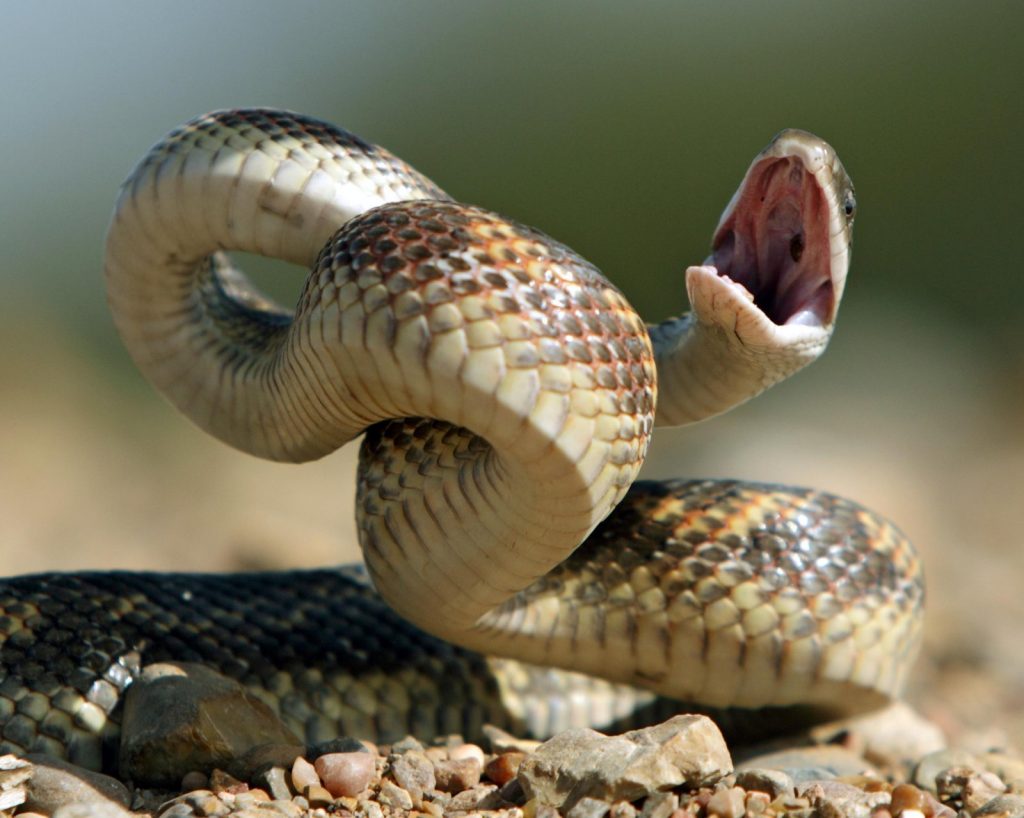Have you ever wondered how far a snake can strike? It is one of nature’s most fascinating mysteries, and one that has been studied by researchers for centuries. In this article, we will uncover the mysteries of snake strike distance and explore the extent of a snake’s striking capabilities. We will also look at the different factors which can affect a snake’s strike distance and investigate how far a snake can actually strike. So read on to find out the answer to the question, “How far can a snake strike?”
Types of Snakes
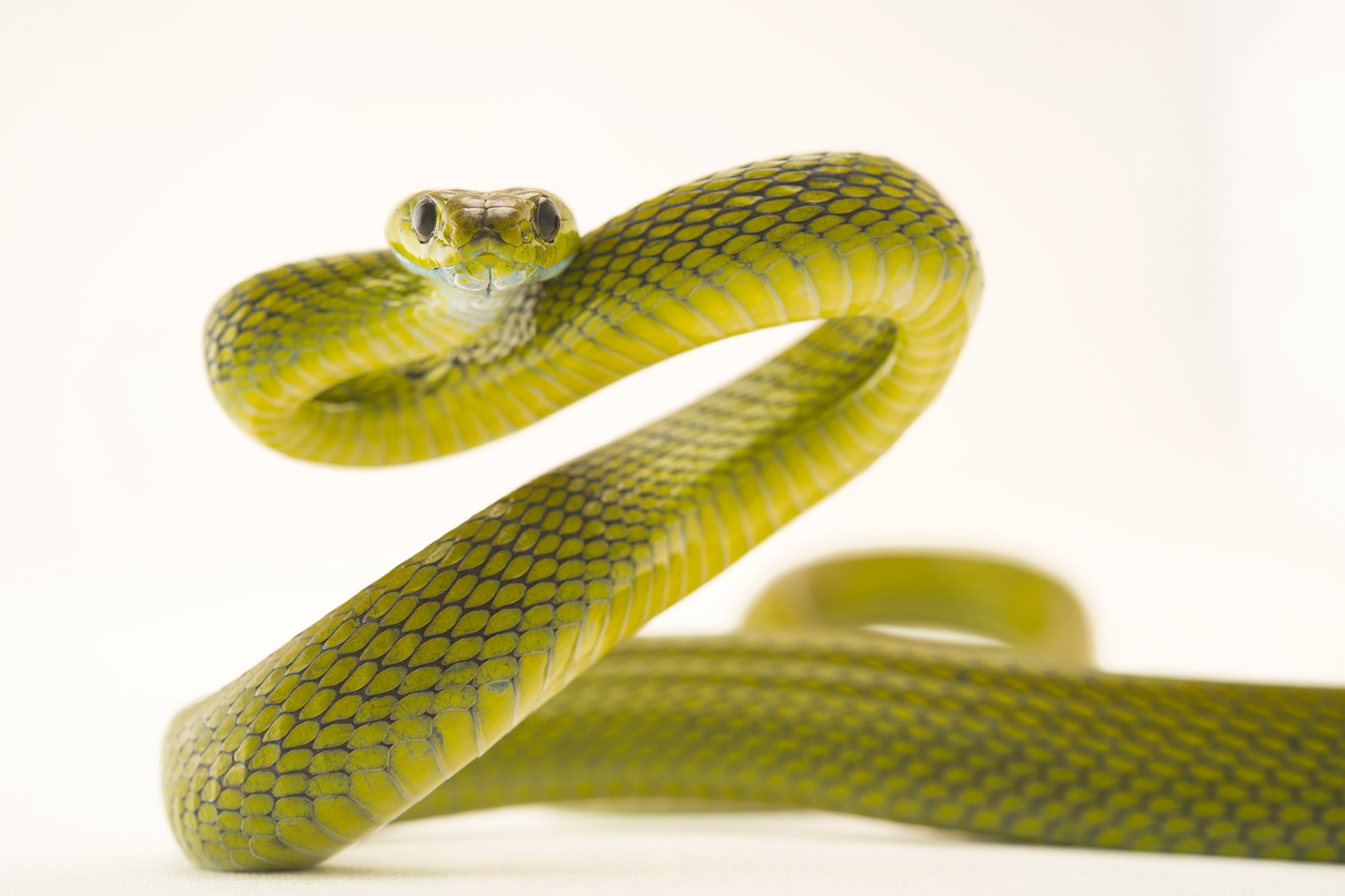
Snakes are divided into various families and subfamilies, with over 3,400 species worldwide. Some of the most common types of snakes include boas, pythons, cobras, vipers, and rat snakes.
| Family | Description |
|---|---|
| Boidae | Includes boas and pythons, some of the largest snakes in the world. They are non-venomous and generally gentle. |
| Elapidae | Includes cobras, mambas, and sea snakes. These snakes are found in tropical and subtropical climates and are highly venomous. |
| Viperidae | Includes adders, pit vipers, and rattlesnakes. These snakes are found in temperate and tropical climates and are highly venomous. |
| Colubridae | Includes rat snakes, garter snakes and water snakes. These snakes are the most diverse and are found in all climates. Most are non-venomous. |
Venomous Snakes
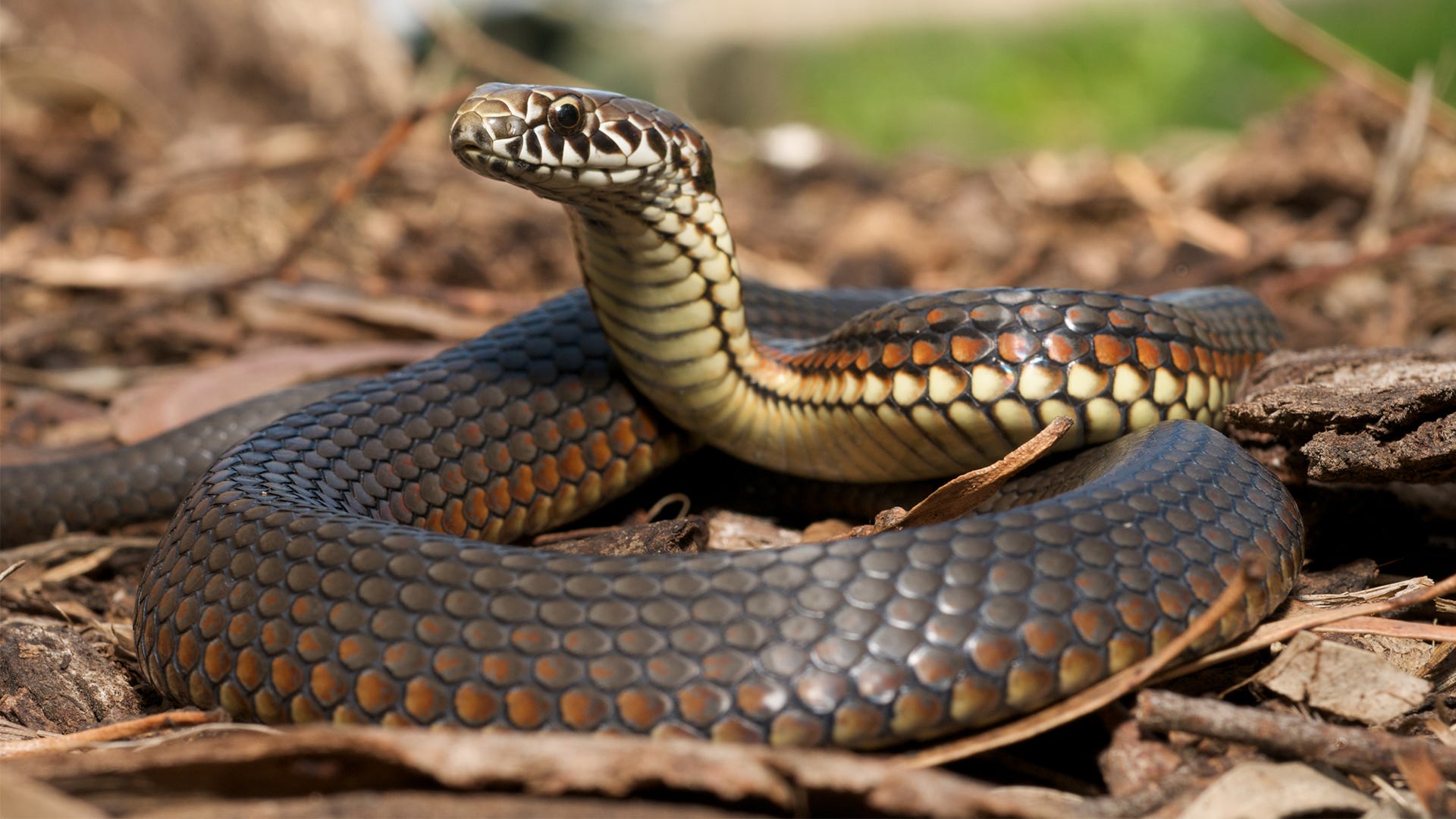
Venomous snakes, such as rattlesnakes, copperheads, and cottonmouths, are capable of striking up to 2/3 of their total body length. This means that a 4-foot-long snake can strike up to 2.6 feet away. The speed of a venomous snake’s strike is also very impressive, with some species capable of striking in less than a fifth of a second. Although the venom of these snakes can be dangerous or even fatal, their strikes are usually quite accurate and are rarely a cause for panic.
Non-Venomous Snakes
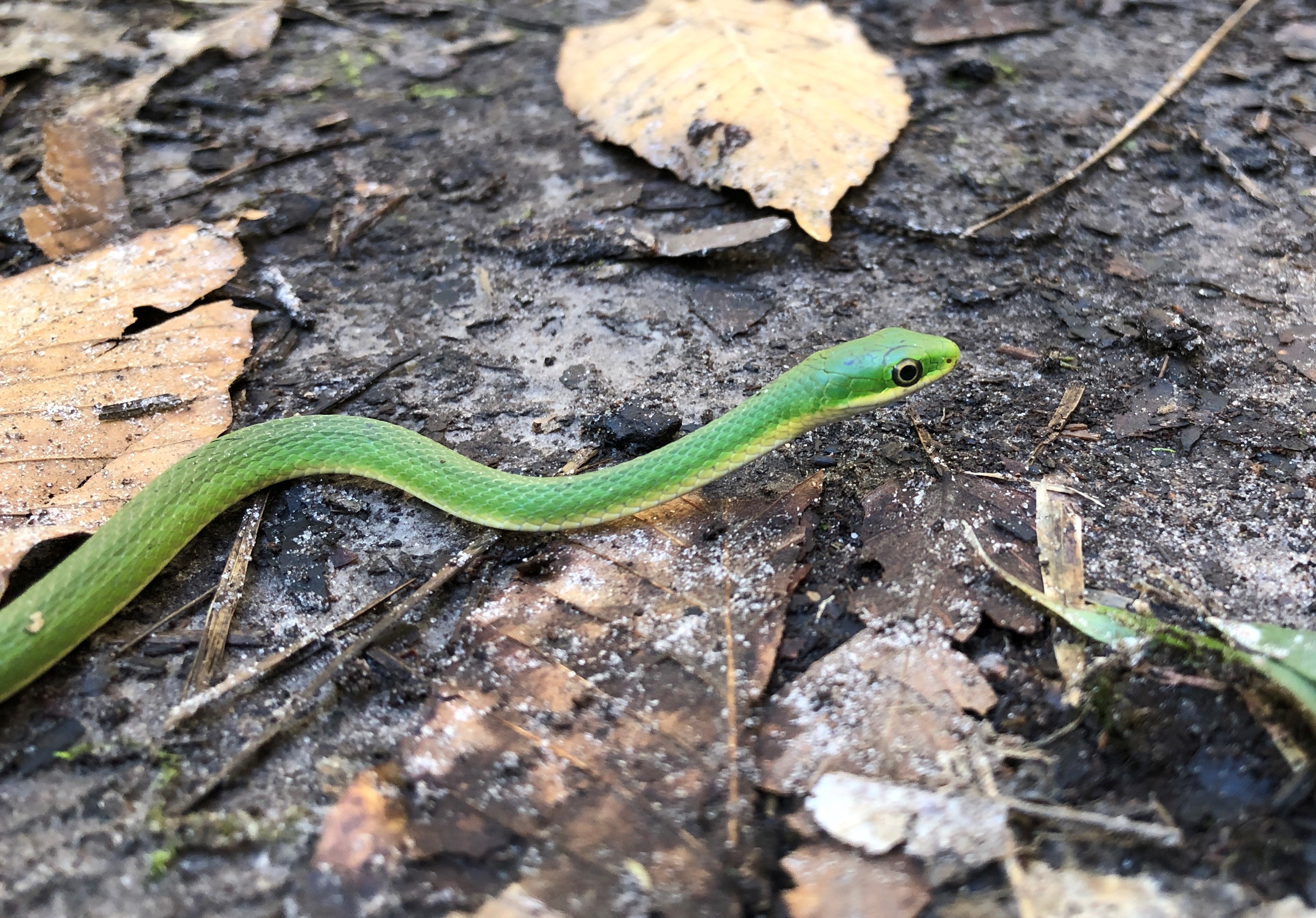
Non-Venomous snakes are those who do not secrete venom through a specialized gland, and therefore cannot inject it into their prey. Instead, they use their teeth to bite and hold on to their prey. The main threat that non-venomous snakes pose is their ability to constrict their prey. Constricting snakes use their muscular body to coil around and squeeze their prey, causing death or immobilization by suffocation.
The strike distance of non-venomous snakes is limited by the length and size of their bodies. Generally, they can strike up to half of their body length, with the average strike distance ranging from 15 to 24 inches (38 to 61 cm).
| Snake | Max Strike Distance |
|---|---|
| Garter Snake | 24 inches (61 cm) |
| Corn Snake | 18 inches (46 cm) |
| Gopher Snake | 24 inches (61 cm) |
| King Snake | 24 inches (61 cm) |
Non-venomous snakes are not considered a major threat to humans, and can be safely handled when necessary. However, they are still capable of inflicting a painful bite if provoked. If a non-venomous snake is encountered, it is best to leave it alone and keep a respectful distance.
Mechanics of a Snake Strike
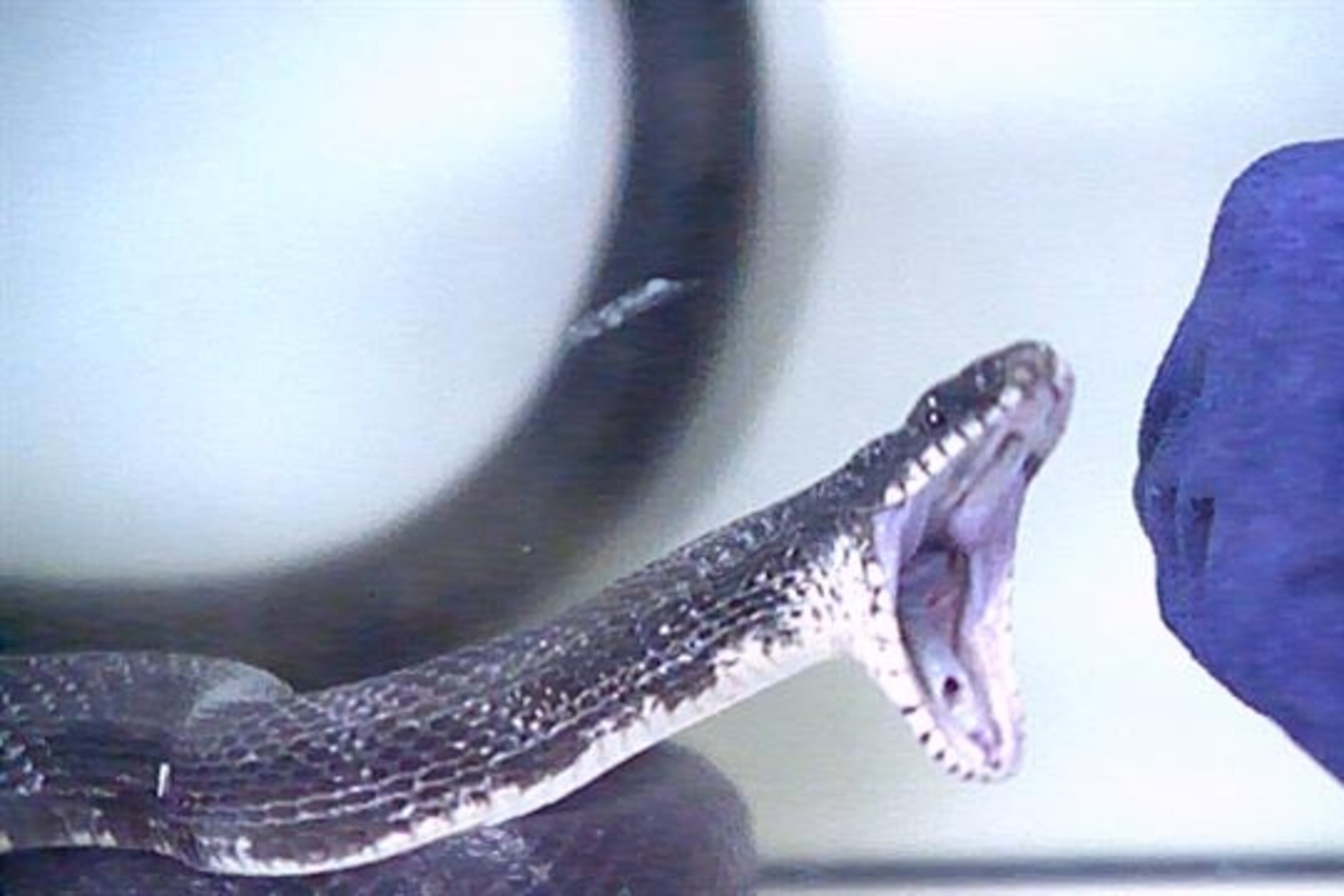
Snakes have a specialized mechanism to capture their prey by using their mouths and fangs. When a snake is ready to strike, it will coil its body, and launch itself forward in a rapid, jerky motion. This movement is known as the snake’s “strike”.
| Steps | Description |
|---|---|
| Step 1 | The snake coils its body and tenses its muscles to create energy. |
| Step 2 | The snake then launches itself forward, extending its neck and head towards the prey. |
| Step 3 | The snake’s fangs then extend out of the mouth and penetrate the prey. |
| Step 4 | The snake injects venom into the prey, immobilizing it. |
The snake is able to strike with a great deal of accuracy and speed, up to one-third of its body length. The snake’s strike can be further increased by the use of its tail, which acts as a counterbalance for the weight of its head. This allows the snake to strike further distances than it would be able to with just its head and neck.
Distance of a Snake Strike
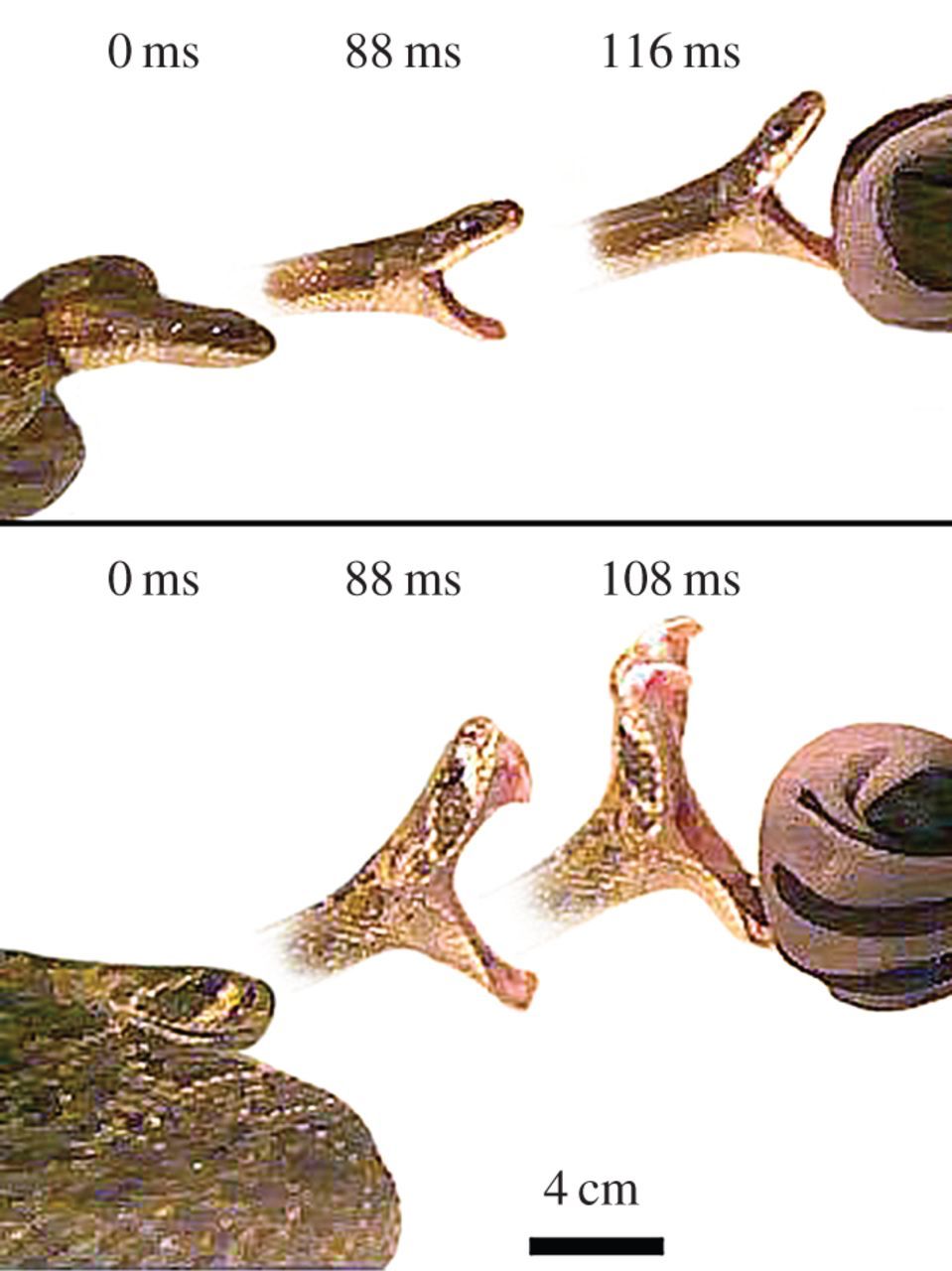
| Snake | Strike Distance |
|---|---|
| Cobra | 3–4 feet |
| Rattlesnake | 2–3 feet |
| Garter Snake | 1–2 feet |
| Hognose Snake | 1–2 feet |
The distance of a snake strike is species-dependent. Generally, a cobra can strike 3-4 feet, a rattlesnake 2-3 feet, and garter and hognose snakes 1-2 feet.
Factors that Affect the Distance
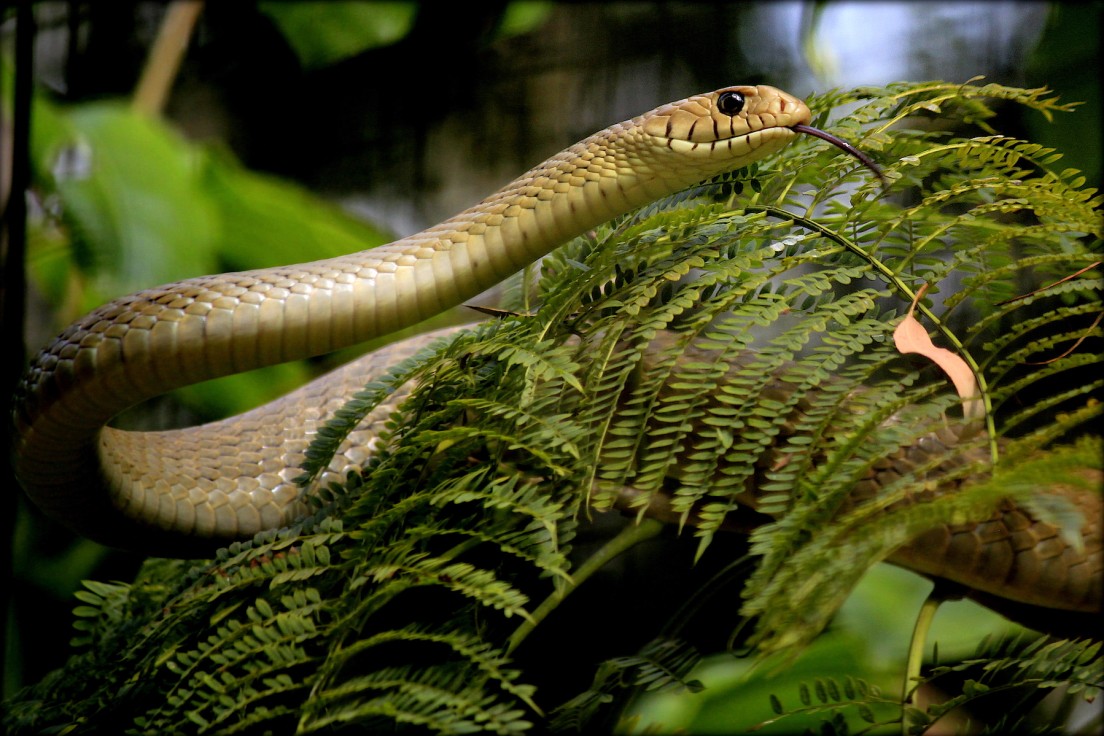
- Size of the snake
- Speed of the attack
- Strength of the snake
- Body weight of the snake
- Age of the snake
- Surface upon which the snake is striking
Average Distance of a Snake Strike
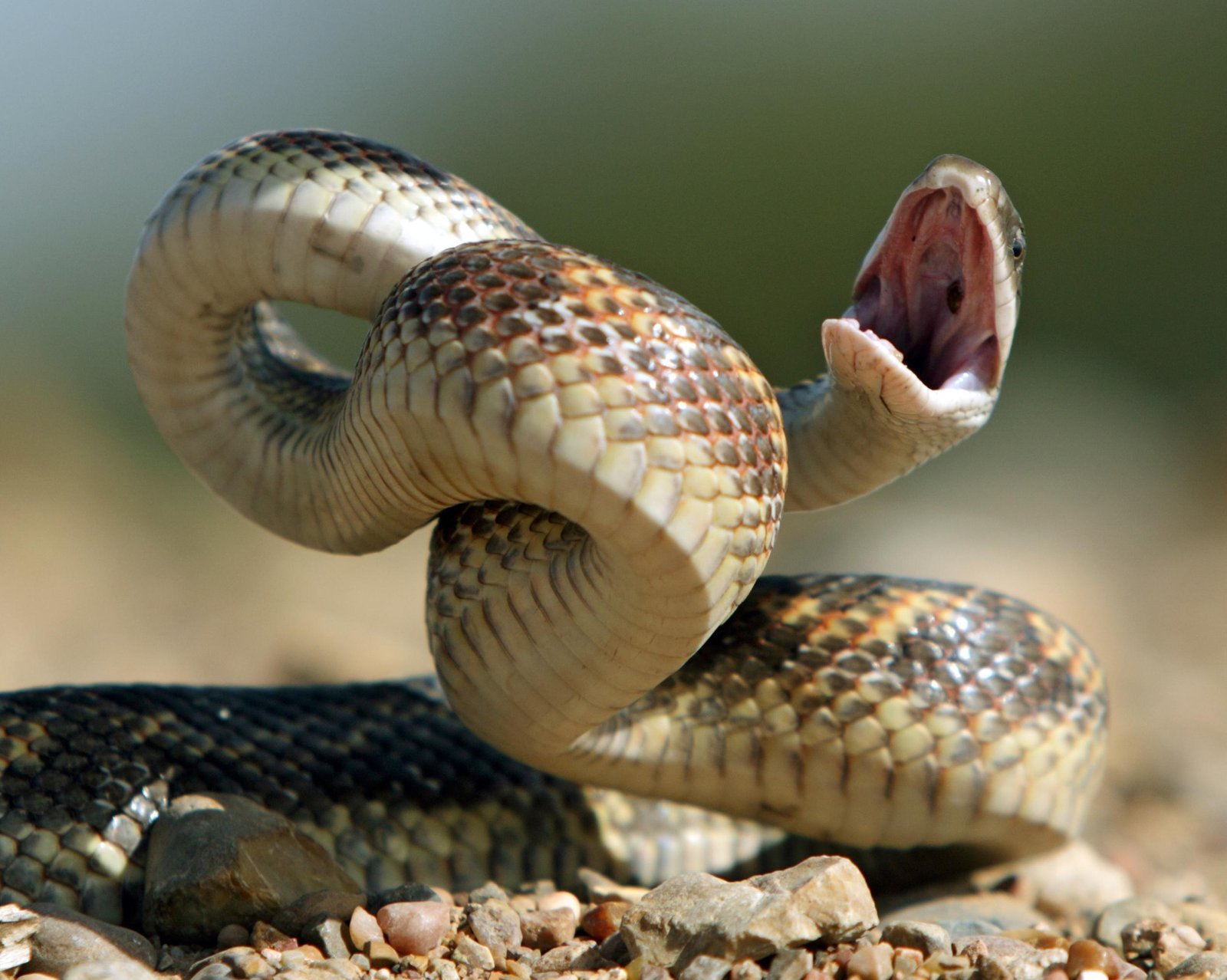
| Species | Average Distance of Strike (ft) |
|---|---|
| Cobra | 3 |
| Rattle Snake | 2 |
| Garter Snake | 1 |
Snakes are ambush predators and their primary method of hunting is to strike from a distance. Depending on the species, the average distance that a snake can strike from can vary significantly. Cobras, for example, can strike from distances up to 3 feet, while garter snakes are only able to strike from distances of around 1 foot. Rattle snakes are somewhere in between, being able to strike from around 2 feet.
Species with Longest Strike Distance
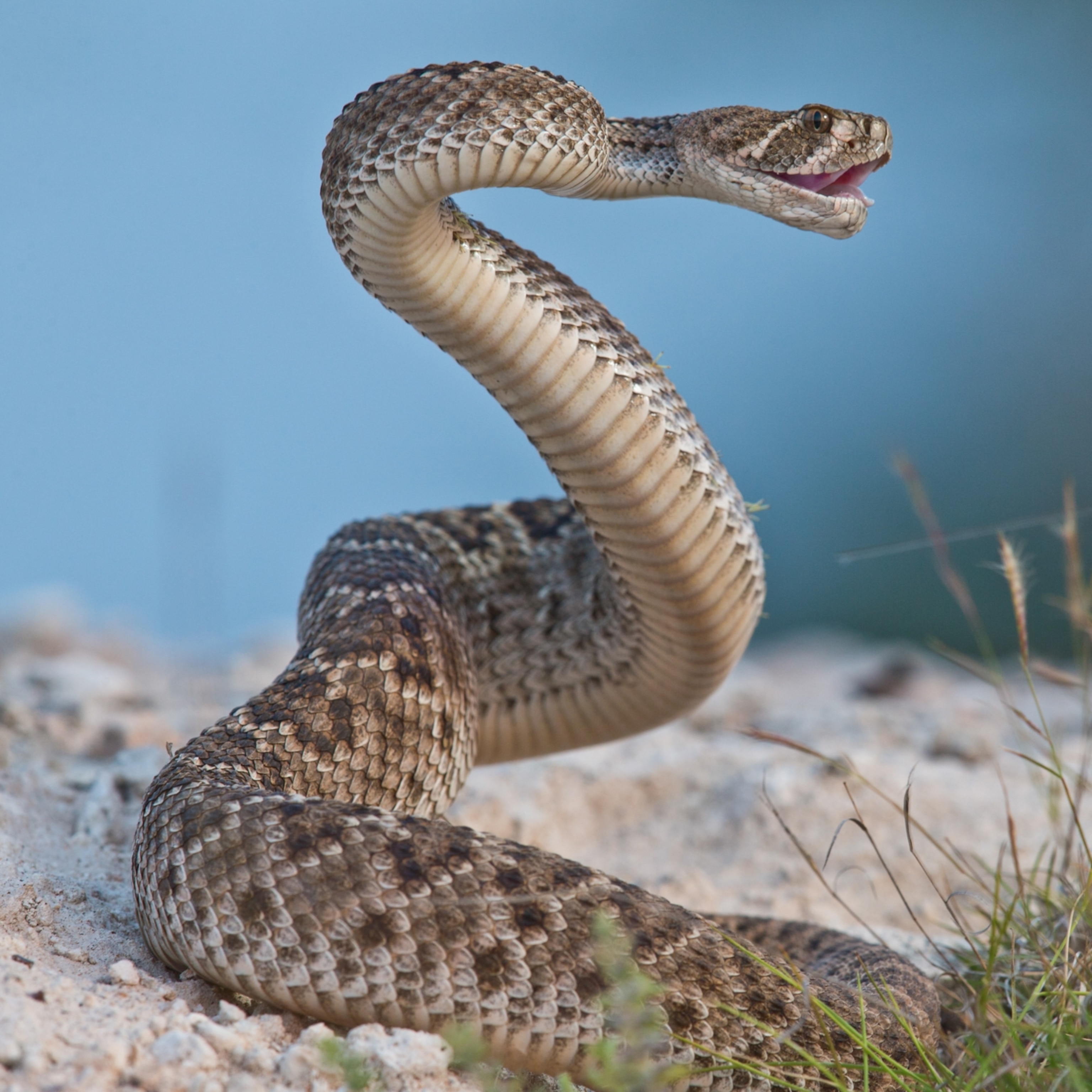
The king cobra (Ophiophagus hannah) is the species of snake with the longest strike distance. Its strike distance is typically around 3/4 of its body length, which is up to 18 feet (5.5 metres). Other species of cobras, such as the Indian cobra (Naja naja), can also have a strike distance of up to 3/4 of its body length. Other large species of snakes, such as the Burmese python (Python bivittatus) and African rock python (Python sebae), can also have strike distances of up to 3/4 of their body length. Smaller species of snakes, such as the eastern hognose snake (Heterodon platirhinos), typically have strike distances of up to half their body length.
Other Striking Abilities
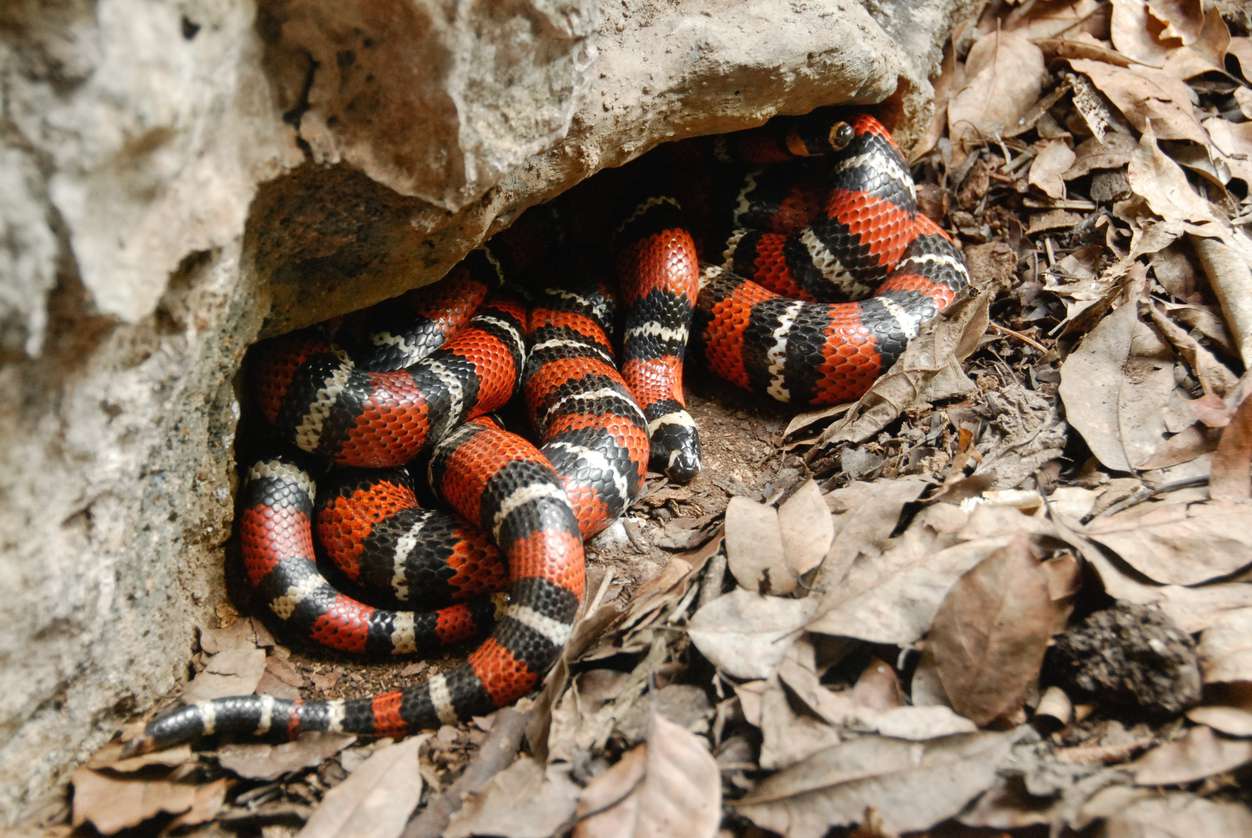
Snakes possess the ability to strike with great speed and accuracy. They can strike a target with their fangs in less than a tenth of a second, and are accurate up to distances of several feet. This is due to their highly evolved sensory organs, such as the Jacobson’s organ. This organ is found in the upper lip of the snake, and is filled with sensitive nerve endings that can detect the faintest of air currents. Snakes use this organ to detect their prey and launch their strikes with precision. The accuracy of their strike can also be attributed to their sharp vision and highly developed brains. They are able to accurately interpret their environment and assess the distance and size of their target, allowing them to accurately aim their strikes.
How Far Can Snakes Jump?
Snakes are not capable of jumping, as they lack the leg and hip structures needed to do so. However, they are able to move quickly over short distances using their strong muscles and flexible bodies. This enables them to strike out at prey and predators with lightning speed. The distance a snake can strike varies between different species, depending on their size and type. The average strike distance is between 0.5 and 2 meters, and some species can strike up to 3 meters away.
Fastest Land Snake in the World
The fastest land snake in the world is the black mamba, with a top speed of up to 12.5 miles per hour. Its venomous bite can inject large amounts of neurotoxin, and is considered one of the deadliest snakes in the world. The black mamba is capable of striking its prey from up to a distance of 6 feet. It usually strikes its prey multiple times in succession, delivering multiple bites. Its venom can cause paralysis, respiratory failure, and death within 15 minutes. As a result, it is important to be aware of the presence of this snake and take precautions when necessary.
Frequently Asked Questions
How Far Can Rattle Snakes Strike?
Rattle snakes are some of the most venomous snakes in the world. They can strike a distance of up to one third of their body length. This means that a three-foot long rattle snake can strike a distance of up to one foot. The strike is also incredibly fast, taking only a fraction of a second. Rattle snakes usually strike at prey that is within their striking range, such as rodents, lizards, amphibians and other snakes.
What is the fastest land snake in the world and how far can it strike?
The fastest land snake in the world is the Black Mamba, capable of reaching speeds of up to 12.5 mph. It can strike up to 10 feet away from its target and can deliver multiple bites in succession. Its venom is highly toxic and can kill humans in as little as 20 minutes.
How Fast are Rattle Snakes in Comparison to Other Snakes?
Rattle snakes are some of the fastest snakes in the world, capable of striking at speeds of up to 10 feet per second. While most snakes strike at a fraction of this speed, rattle snakes are faster than both constrictors and non-venomous snakes. In addition, their rattle acts as an audible warning, allowing them to react quickly to potential threats.
What other factors influence how far a snake can strike?
The distance a snake can strike depends on its size and species, as well as the size and type of prey. Other factors, such as the snake’s vision, its physical condition, the ground surface and the availability of cover can also affect the distance a snake can strike. The snake’s body shape and the presence of any obstacles in the path of the strike can also influence the striking distance.
What is the longest distance a snake has been recorded to strike?
A study conducted by the University of Tennessee found that the longest recorded distance a snake has struck is 2.1 meters (7 feet). This record was set by a Gaboon viper, a species native to the African continent. The study’s results showed that the snake was able to strike with accuracy even at such a long distance.
Conclusion
The striking distance of a snake can vary depending on the species, size, and environment. Generally, snakes can strike up to one-third of their body length, with some species having the capability to strike up to one-half of their body length. A snake’s strike distance can also be affected by environmental factors, such as the temperature, humidity, and available prey. While the mechanics of snake strikes might still remain unknown, it is clear that snakes have evolved sophisticated defense mechanisms that allow them to accurately strike their prey.
